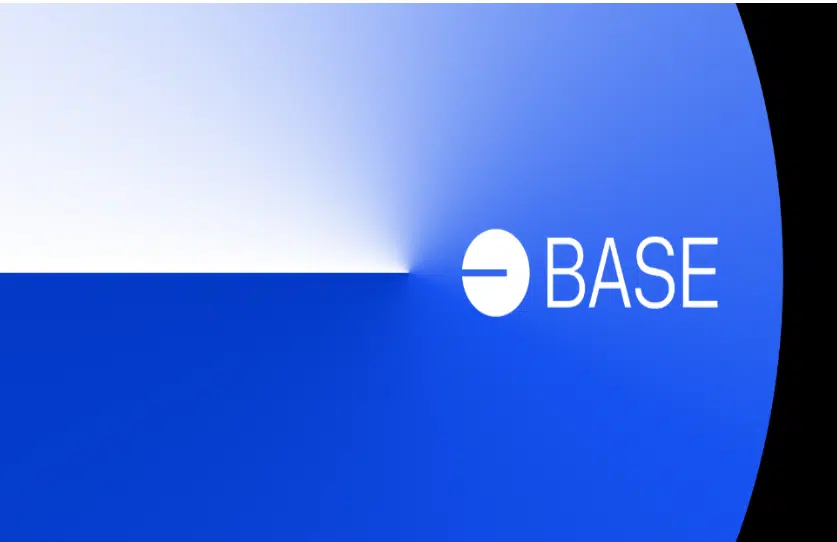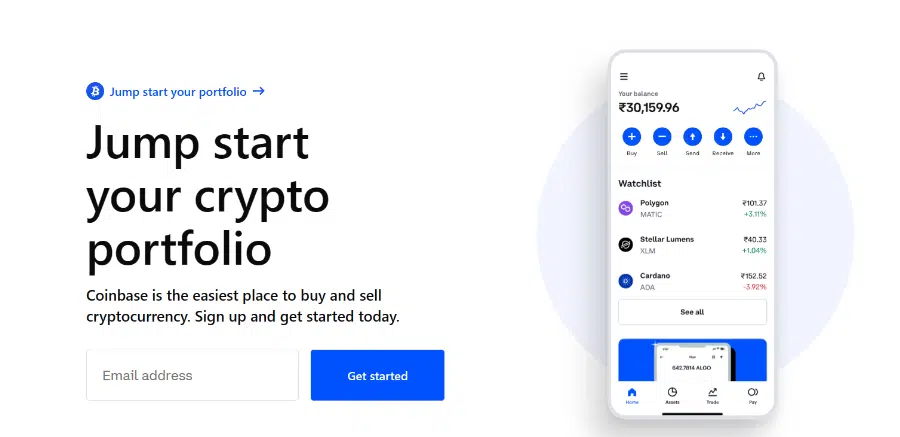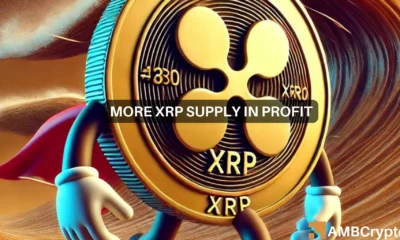Coinbase launches Base to integrate web3 capabilities into regular apps

As we await the advent of Web 3.0, decentralized technologies will probably serve as the foundation for the future Internet. The significance of blockchain in the Web 3.0 revolution has highlighted the function of dApps in Web 3.0 and the value they provide. The rapid rise of dApps in recent years may be linked to growing digitization, blockchain use, and the expansion of dApp development services platforms.
A decentralized application (dApp) is a software-based program that operates on the blockchain or a peer-to-peer network. They are open-source and immune to cyber-attacks. dApps are similar to smart contracts that function on the Ethereum blockchain.
Currently, this technology is most prevalent in the fields of insurance, banking, and healthcare, but it is expected to permeate practically every aspect of life in the future.
The most significant advantage of dApp development over traditional web app development is the ability to innovate without limitation. Decentralized assets are entirely open and are not controlled by anyone. As a result, they enable developers to use a comfortable development environment to create, freely explore, and grow the space in organic and surprising ways.
Moreover, dApps can readily contribute to generative creativity. This is because they are not encumbered with trade secrets, copyrights, trademarks, or patents, which means that individual achievement based on the efforts of others may benefit the entire area. As a result, the future of dApp development is undeniably bright and exciting. Traditional applications are undoubtedly more suitable for the modern world.
Building dApps

Source: Unsplash
Developing a dApp is similar to developing a regular mobile app, subject to specific business criteria. Experts can build dApps one after the other, and none of them may be hosted on local or cloud servers. This sets them apart from regular add-ons.
Writing code for decentralized apps demands significant attention and discipline. The project should then be studied before it is released. Before the technological stack is made available to people, developers must do extensive testing.
Protecting data integrity
No entity has the authority to oversee the network, deploy programs, restrict you from completing transactions, or read data from the blockchain. We could share anything on social media, and no one could stop us from doing it.
Most dApps do not need you to reveal your identity. Instead of filling out long documents, you only need a digital wallet and an Ethereum login.
Even if some components of the network architecture fail, the dApp system will continue to function. After the platform is live, the app will run normally and crash only if the blockchain platform collapses.
Using encryption, the data saved cannot be falsified by hackers. You may also view the public blockchain and validate transactions. This will increase the reliability of data records and facilitate information transmission.
You don’t need to link their applications with other platforms or keep in touch with their vendor if they use dApps. This will speed up payment processing even further.
Issues faced in dApp development
Even though dApps have several use cases and are rapidly gaining popularity there are a number of obstacles to their adoption.
Developers and tech enthusiasts highly regard the underlying technology, and the ecosystem has grown into a multibillion-dollar business, but developing dApps can be a lengthy process.
Coding user interfaces is difficult, and making them user-friendly and navigable can be challenging. It is usually low in comparison to the expenditures incurred in producing them. Furthermore, in the regular market, dApps are just a small piece of a large pie.
Ethereum remains the most popular blockchain for developers to employ when designing dApps, however, the transaction fees in Ethereum pose another challenge.
The once-advertised “cheaper alternative” to Mastercard and VISA frequently ends up being far more expensive than its centralized rivals since they are being paid with the same volatile cryptocurrency. Ironically, the more transactions there are on Ethereum, the more expensive they are for those who want them to be processed quickly. When it comes to user experience, this is a significant step backward.
This is why developers must decide how and by whom payments will be paid. It is not enough for the dApp users to just keep the tokens in their wallet because gas fees are paid in the blockchain’s native currency, which in the case of Ethereum is ETH.
Thus, high transaction fees and scalability act as a hindrance for developers who strive to build dApps on-chain. Coinbase has devised a solution to this by introducing Base, a secure, low-cost, developer-friendly Ethereum L2 built to bring the next billion users to web3.
Making on-chain the next online

Source: Unsplash
Coinbase leveraged its experience over the last decade to incubate Base, with intentions to further decentralize the chain over time. The platform’s goal with Base is to make on-chain the next online and onboard over one billion users into the crypto economy. Base will serve as a home for Coinbase’s on-chain products and an open ecosystem where anybody can innovate.
Base is designed to provide the security and scalability required to power your decentralized apps. It leverages Ethereum’s underlying security, as well as Coinbase’s industry standards, to allow you to reliably onramp into Base from Coinbase, Ethereum L1, and other compatible chains.
Base makes it simple to create decentralized apps with access to Coinbase’s products, users, and tools. Seamless Coinbase product interfaces, simple fiat onramps, and strong acquisition tools enable developers to service 110 million+ verified customers and access $80 billion in assets in the Coinbase ecosystem.
Base delivers EVM equivalency at a fraction of the cost and is dedicated to moving the developer platform forward. It designs gasless transactions for your dApps using simple developer APIs for account abstraction and safely creates multichain applications using simple bridges.
Base aspires to be decentralized, permissionless, and available to everybody with the purpose of developing a standard, modular, rollup agnostic Superchain powered by Optimism.
An interoperable bridge between chains
Base aims to bring billions of users to the crypto economy by making dApps easier, cheaper, and safer to interact with. Base enables simple and safe access to Ethereum L1, other L2s, and other L1 ecosystems such as Solana. You can start on Base but move anywhere by utilizing Bsae as a bridge into the crypto economy.
It’s a simple default on-chain experience with access to products on other chains. Along with making Base compatible with other chains, Coinbase will continue to support as many chains as possible across all Coinbase products.
Decentralization is essential for the crypto economy to remain open, global, and accessible to everyone. Coinbase is deeply committed to progressing toward full decentralization over the years ahead.
With the increased resourcing that Coinbase brings to the MIT-licensed OP Stack by collaborating with Optimism, they are confident Base will progress from a Stage 0 to Stage 1 rollup in 2023 and a Stage 2 rollup in 2024.
Seamless development of dApps
Base hopes to establish an open ecosystem filled with Coinbase products, users, and assets. They will collaborate with the rest of the community to bring the chain to life. Coinbase also offers an incredible community that will help to make Base a thriving ecosystem.
“The theme of 2023 really is this flywheel on the supply side of getting more web3-native apps created and also more web3 capabilities integrated into regular apps More users coming into the space whether that’s because Base gives them the easiest way to go from being a retail user to playing on-chain for the first time,” commented Will Robinson, VP of engineering at Coinbase.
As Coinbase strives to integrate web3 capabilities into regular apps, the platform will enable retail users to play on-chain for the first time by bringing in Base to facilitate the seamless development of Dapps. This will make developing Dapps easier and cheaper, bringing billions of users to the crypto economy.
Thus Base will showcase Coinbase‘s aim of creating more web3-native products and integrating web3 features into normal apps.
Disclaimer: This article may be in collaboration with a valued partner. Reader discernment is advised. Please read the advertorial disclosure on our privacy policy page for further clarification.







